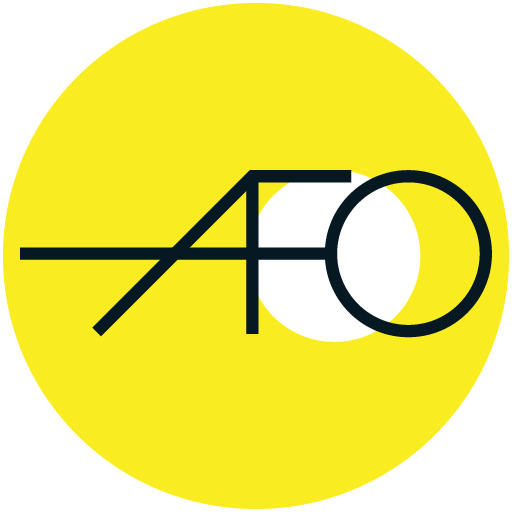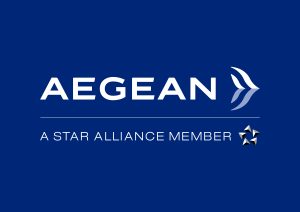a. Authorization for film shoots and sound recordings
• Film shoots and sound recording sessions are allowed following the granting of permission by the General Secretariat for Civil Protection. Interested parties can send their authorization requests to this email address: press @civilprotection.gr. A form must be completed and sent along with the request; the form in question is attached to this document as an annex.
• In terms of personnel movements, requesting parties should also complete either a Type 1 Certificate or a Certificate for Personnel Movement via the ERGANI IT SYSTEM, available at https://forma.gov.gr/
• Those responsible for the shoots/recording sessions must also ensure that all personnel take rapid tests on a weekly basis
b. Filming / recording venues
• Indoor spaces must be kept well-ventilated. Only open-circuit air conditioners are permitted.
• Enclosed spaces must be disinfected using a 10:1 chlorine solution (meaning 9 parts water to one part chlorine) before and after every session. The same holds for the toilets. For surfaces which are likely to be damaged by the use of bleach (sodium hypochlorite), a 70% ethanol solution can be used.
Particular emphasis should be given to surfaces which are touched frequently, such as door knobs, on/off switches, handrails etc.
• Antiseptic alcohol solution (70%) must be on hand in all spaces used for film shoots, sound recordings etc.
• Hygiene rules must be applied in toilets, including:
o Good ventilation
o Closing the toilet lid before flushing
o The use of paper or plastic disposable seat covers is desirable
o Running water and soap, paper towels and a foot-operated waste bin should be provided
o Where possible, equipment equipped with a photocell or foot switch (e.g. for the tap, soap dispenser) should be used
o Hand driers should not be used
o A line with places marked 1.5 metres apart should be in place for when queuing is required
o Use of a non-medical mask
o If the sinks have not been used in a long time, it is recommended that the hot water should be left to run for five minutes before the first use.
o Showers should not be used
• Calculations should be made to ensure that adequate space is provided in the changing and dressing rooms; changes of clothes should be restricted to the essential. If the space available is insufficient for everyone, it should either be used on a rota basis, or other available spaces should be used as additional changing/dressing rooms. The participants’ personal clothing should be kept in a sealed container.
Particular emphasis should be given to surfaces which are touched frequently, such as door knobs, on/off switches, handrails etc.
b. Conducting film shoots / sound recordings
• The 2-metre rule should be applied
• The use of non-medical protective masks is obligatory during sound recordings as well as for all personnel involved in a film shoot, except for those participants appearing in each scene / performing on the recording
• The use of antiseptic alcoholic solution (70%) is recommended
• Special care should be taken with personnel who belong to vulnerable groups
• Personnel who manifest symptoms of illness must leave the venue immediately; under no circumstances should they fail to put on a mask before doing so.
• All equipment used should have been disinfected in the manner specified by the manufacturer prior to being placed in the venue
• If a scene requires actors to touch, the actors involved must disinfect their hands before and after the scene, and the contact should be kept as momentary as possible. Also, scenes in which one actor has to touch the face of another actor should be avoided.
In relation to costumes, wigs, make-up, etc.:
o These must only be used by the artists who wear them, and artists should dress themselves
o Personal clothing should be stored sealed (see above) and costumes should be stored with individual covers.
o Costumes should be steam-cleaned before and after use.
o Personnel who work with costumes, hairdressing etc. should also be provided with sufficient work space for the 1.5 meter rule to be applied.
o Ideally, artists should take care of their own make-up. Should that not be possible, a personal make-up kit should be used for each artist, while personal safety guidelines should be applied. The make-up station must be cleaned after each use. It is extremely important that the different make-up sets are kept separate. In practice, nothing must be shared.
o Ideally, the hairdressing materials should not be shared, either
o Professional hairdressers, make-up artists, wardrobe staff et al. will be required to wear gloves (which must be changed for each artist) and a non-medical mask every time they attend to an artist’s appearance. Should the artist choose to attend to his/her own appearance, they should take on an advisory role and keep their distance.
In relation to musical instruments and choirs
o The choir members should maintain a 2-metre all-round gap from other members and wear a non-medical mask when they are not singing
o In the case of woodwind instruments and drums, a 2-metre all-round gap should be maintained, while it is recommended that brass players use a special dense-weave silk-type fabric or transparent protective material to cover the bell and prevent the aerosol transmission of the virus.
o On the use and cleaning of musical instruments, please refer to the most recent version of the guidelines issued by the General Secretary for Contemporary Culture for the safe operation of artistic training structures
• Only personnel whose presence is essential should attend film shoots / sound recordings. To the extent that it is feasible, shooting should take place to a flexible timetable in order to minimize the number of people present at any one time.
• To make tracing easier, it is recommended that arrivals and departures should be logged, along with any symptoms that manifest themselves
• Used cloth non-medical masks should be placed in plastic bags, washed at 60 degrees C, and ironed.
• Food breaks should take place in a venue where a minimum distance of 1.5 meters can be maintained and hygiene rules applied. The room, tables and chairs should be disinfected before each use. The food should come in individual servings wrapped in clingfilm. The food should be distributed by staff wearing protective gear (gloves, masks) so a queue does not form. Water, soft drinks, etc. should be distributed in individual sealed packaging. After eating, any left-overs should be placed in special airtight packaging and thrown away.
• Vehicles which carry staff should be disinfected daily, before and after the transfer.
• It is recommended that meetings take place via tele-conferencing or video, whenever possible.
The above measures are indicative and cannot cover every possible situation; they must therefore be implemented in parallel with whatever broader measures are in force. For this reason, it is crucial to keep up-to-date with any relevant developments via the website of the National Public Health Agency at https://eody.gov.gr/neos-koronaios-covid-19/.
Everyone involved should demonstrate the requisite individual responsibility, thereby protecting both themselves and other people. Production companies in particular should take care to protect workers and to implement additional measures stemming from the particular features of a given space or shoot, at their discretion.
General Secretary of Contemporary Culture
Nicholas Yatromanolakis
Unofficial Translation by GREEK FILM CENTRE, Hellenic Film Commission







